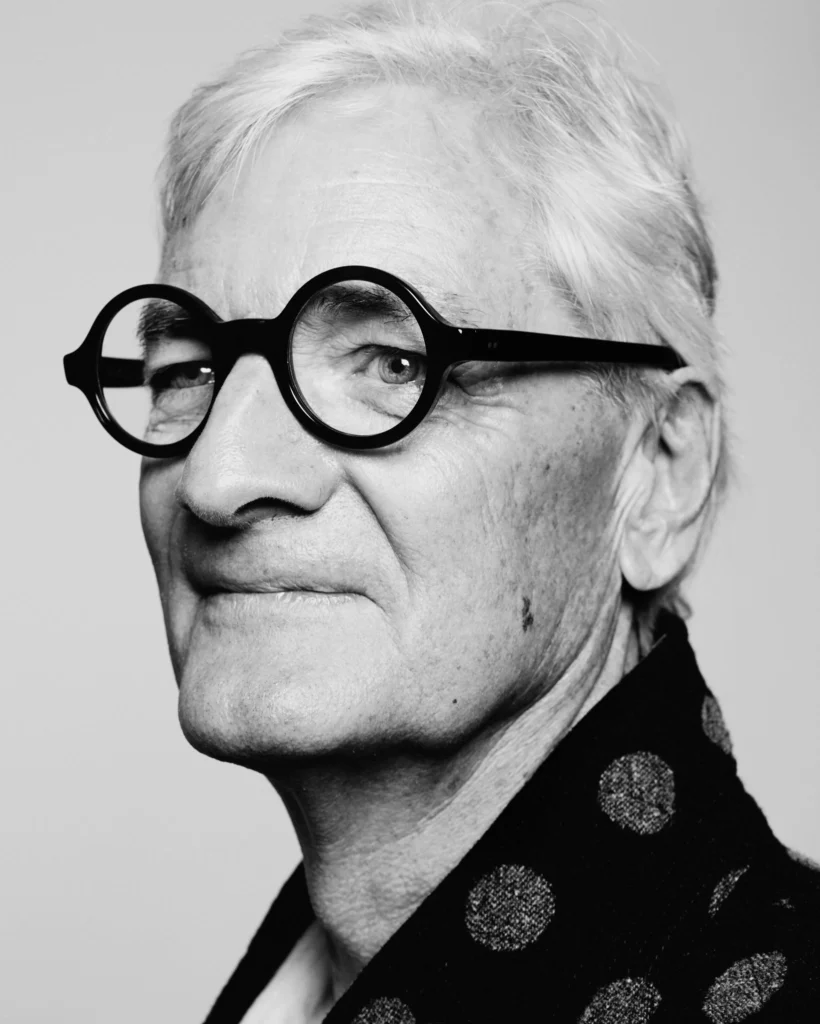James Dyson
The Relentless Inventor Who Redefined Everyday Technology
By Jane Stevens
The life of Sir James Dyson is less a conventional corporate biography and more a compelling, human narrative about a man possessed by a single, powerful conviction: that almost everything can be made better. He is the quintessential inventor-entrepreneur, a figure whose stubborn, almost obsessive pursuit of perfection not only built a global technology empire but also profoundly altered our cultural relationship with everyday objects.
Dyson’s story is fundamentally a celebration of persistence. It begins not in a pristine engineering lab, but with a moment of domestic frustration in the late 1970s. He was annoyed by his vacuum cleaner, specifically how its bag clogged and caused the suction to drop dramatically. It was a mundane problem that billions of people worldwide simply tolerated, but to Dyson, it was a design failure screaming for a radical solution.
The Philosophy of Failure, 5,127 Prototypes
The popular anecdote of his journey, the 5,127 prototypes it took to perfect the first bagless vacuum cleaner, is more than just a marketing slogan, it is the philosophical core of the Dyson brand and the man himself. In a culture that often elevates immediate success and shuns missteps, Dyson’s process champions failure as the most valuable form of feedback. Every discarded prototype was not a wasted effort, but a crucial lesson learned, inching him closer to the final, functional design.
This relentless, iterative approach springs from an unexpected background. Dyson didn’t begin as a traditional engineer. He studied classics, then art and design at the Royal College of Art. This artistic sensibility, paired with an understanding of structure and function, developed through early design work like the revolutionary Ballbarrow, gave him a unique lens. He wasn’t constrained by industry norms or engineering convention, he approached problems with the open, questioning mind of an artist who simply wanted the object to work right.
The final product, the Dual Cyclone, was a visual and functional defiance of the status quo. It made the internal mechanism, the cyclonic separation that mimics a sawmill’s dust extractor, visible. The vacuum cleaner, once a drab and utilitarian item, became a sleek, colourful object of desire, a piece of industrial art that proudly displayed its innovative heart.
The Cultural Impact, From Appliance to Status Symbol
Dyson didn’t just sell a new vacuum cleaner, he sold a new idea of domestic technology. Before Dyson, household appliances were hidden away, utilitarian, and disposable. After Dyson, they were displayed. They became conversation starters. The bagless vacuum, and later the Air Multiplier bladeless fan and the Supersonic hair dryer, transcended their function to become cultural status symbols.


They occupy a unique space where cutting-edge technology meets luxury design. Owning a Dyson product signals an appreciation for both superior performance and aesthetic modernism. This shift, elevating an appliance from a chore-helper to a piece of aspirational technology, is arguably Dyson’s greatest cultural contribution. He proved that consumers would pay a premium for thoughtful design and engineering excellence, shaking up industries that had long rested on incremental improvements and planned obsolescence.
The distinctive look of Dyson products, often brightly coloured with transparent components that reveal the mechanics within, reflects an honesty in design. It’s an implicit invitation to understand how it works, turning the user from a passive consumer into an engaged enthusiast of the engineering marvel in their hands.
The Humanist Side, Education and the Future
Beyond commercial success, the human and cultural dimensions of James Dyson are most evident in his enduring commitment to education and engineering. Having felt the lack of connection between his arts education and the world of practical problem-solving, he became an impassioned advocate for engineering as a noble and vital discipline.
The establishment of the James Dyson Foundation and the Dyson Institute of Engineering and Technology are tangible manifestations of this belief. The Foundation seeks to inspire young people globally, hosting the annual James Dyson Award to celebrate and mentor the next generation of problem-solvers. The Institute is even more radical, a debt-free, experience-rich undergraduate program where students work alongside Dyson engineers on real projects from day one.
This focus is driven by a deep-seated cultural concern, the perceived decline in the prestige of manufacturing and engineering in the West. Dyson’s life’s work is a direct counter-argument, a living testament to the fact that innovation and creation are engines of progress. He advocates for a culture that values the tinkerers, the problem-solvers, and those who get their hands dirty building a better future.
The Inventor’s Determination, An Unwavering Focus
James Dyson’s personality is often described as relentlessly determined, driven by an almost childlike curiosity that never accepts “good enough.” His journey was peppered with setbacks that would have crushed lesser spirits. The initial rejections by major manufacturers, who had a vested interest in the profitable vacuum bag market, forced him to launch his product in Japan first under the name ‘G-Force’ before bringing it back home.
This unwavering self-belief, however, was tempered by clear-eyed practicality. He was an entrepreneur who always maintained control over the manufacturing and design process, a critical lesson learned from the licensing failures of his earlier inventions like the Ballbarrow. This control is what allowed Dyson to uphold his high standards for quality and innovation.
His more recent ventures, like the ultimately abandoned project to develop a Dyson electric car, or his significant investment in Dyson Farming, show that the inventor’s itch is never truly scratched. They illustrate a mind that sees problems not as obstacles, but as invitations to apply engineering principles in entirely new domains, from air pollution to sustainable agriculture.
James Dyson, the man, is an embodiment of the power of applied design thinking. He took an everyday irritant and, through sheer tenacity and a refusal to compromise on his vision, transformed it into a global technological phenomenon. His legacy is not just the products that bear his name, but a powerful cultural narrative that champions perseverance, celebrates the process of failure, and elevates the act of designing and building things better to an art form. He gave the world more than just a bagless vacuum, he gave us a brightly coloured lesson in the power of never giving up.


